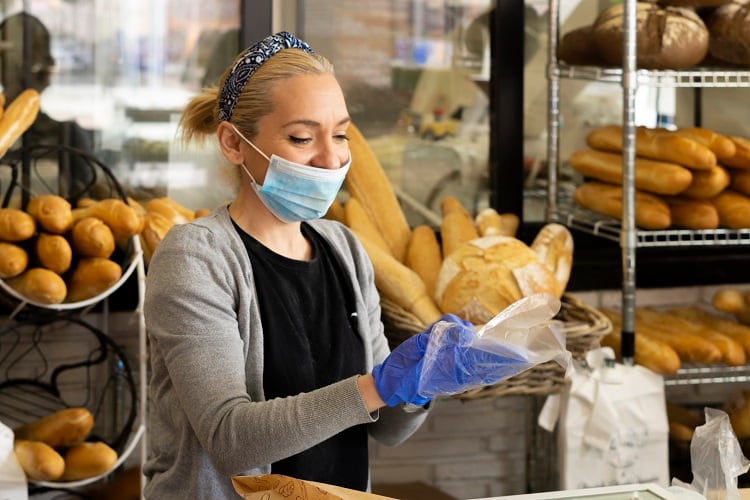In a conference call with investors, Coca-Cola Company Chairman and CEO James Quincey said: “We need to do a better job nurturing and growing smaller, more enduring propositions and exiting some zombie brands, not just zombie SKUs.”
He explained that of the company’s 400 master brands, more than half are single-country brands with little to no scale.
“The total combined revenue of those brands is approximately 2% of our total. They're growing slower than the company average, but each one still requires resources and investment.”
Coca-Cola recently axed its US fruit juice, smoothie and food bar brand Odwalla. Such moves, according to the CEO, give the company the flexibility to support its investments in its ‘rising star’ international brands such as Minute Maid and Topo Chico.
‘Weeding out the brands that don’t work’
Coca-Cola will continue to categorise its brands in three ways: ‘leaders’ are its biggest; ‘challengers’ are close to becoming leaders. ‘Explorers’ are the brands aiming to disrupt markets.
“Success criteria for explorer is very fast growth and starting to gain a core of very engaged and loyal consumers, making waves in the category although small,” elaborated Quincey. “For challengers, it is being able to gain enough market share that over time we believe they can get to leadership – where there is both scale and more favourable margins.”
But he explained that the negative effects on the company’s results owing to the pandemic meant it would now “prune down” some of the explorer brands.
“If we're going to emerge stronger, we need to get the business back to the right level of investment to drive the top line growth.”
Though he noted "it would probably be a sign of weakness to have no smaller brands in the portfolio because it would mean we're not nurturing the future", he added: “We have not been as assertive enough and directive enough at weeding out the explorers that have not worked and are unlikely to work so that we can redirect the resources on to the explorers and the challengers that have the most opportunity into the future.”
“What we want to see is a steady pipeline of progression of creating ever stronger brands. We have got to launch a series of explorers to get there knowing most of them won’t make it. But we have not been assertive enough and directive enough at weeding out the explorers that have not worked so we can redirect resources onto explorers and challengers that have the most opportunity.”
Innovation priorities
Coca-Cola said it will also be slimming down its innovation efforts and establishing a more disciplined innovation framework as it moves forward post-COVID, with the global economy estimated to recover in three years.
While innovation has been ‘a considerable growth driver for the Coke system’, many launches ‘failed to escape the tail and struggled to grow’ revealed Quincey.
“We believe the best way forward is to be more choiceful and target bigger, more scalable bets and be disciplined in our experimentation.”
With consumers prioritizing health, safety and hygiene even more, Quincey identified a ‘runway for innovation’ in functional benefits and contactless solutions.
“We'll prioritize innovation centers on products, packaging and equipment,” he said.
Earlier this month, for example, Coca-Cola announced a European roll-out of an update to its Freestyle machine, originally launched in 2009, that allows customers to choose and pour drinks via smartphone - making it a touchless soda fountain.
Quincey added: “We're confident in the industry [and] in our ability to emerge stronger.”





